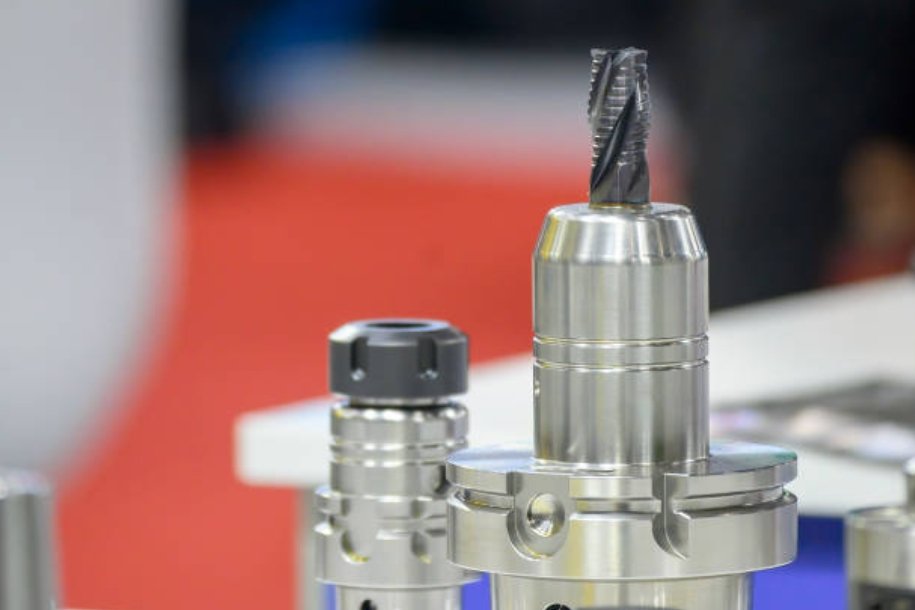The right selection of pneumatic air cylinders is very important to ensure efficient and dependable operations in industrial automation systems. With numerous options available, it’s essential to understand the key features that can affect performance and suitability for specific applications. Factories manufacturing pneumatic systems plays a significant role in designing and producing these constituent parts, thus aligning themselves with top manufacturers of pneumatic cylinders would guarantee good quality products. This article will explore the key features to consider when choosing a pneumatic air cylinder.
Cylinder Type
Specific needs of your application should determine the type of cylinder you choose. The types of pneumatic air cylinders include single acting (where air pressure is applied only on one side of the piston) and double acting (wherein air pressure can be applied on both sides of the piston for better control and force). Each type has benefits as well as disadvantages so; understanding them will help you make an informed decision based on your operational requirements.
Material and Construction
A pneumatic air cylinder’s material and construction impacts its durability as well as its performance. Manufacturers at factories that produce such systems use materials like stainless steel, aluminum or composites which vary in strength, resistance to corrosion and weight respectively. Leading manufacturers of pneumatics cylinders ensure that their materials can withstand environmental conditions at the place where they are installed regardless if it is chemical exposure, high temperatures or moisture.
Size and Stroke Length
Size and stroke length are critical factors in selecting the right cylinder. The bore size (diameter of the cylinder) coupled with the stroke length (the distance over which the piston can move) determines both force output and space required by such a cylinder within machinery. Pneumatic system factories provide a range of sizes as well as stroke lengths enabling exact matching to particular applications.
Mounting Options
Mounting options are an important consideration because they impact installation and operation characteristics of a cylinder. Common kinds of mounting include flange, clevis, or foot mountings which have different advantages for stability and alignment. The top cylinder companies provide a wide range of mounting options that are adaptable to industrial situations and optimize performance.
Seals and Bearings
The efficiency as well as life duration of pneumatic air cylinders largely depends on the quality of seals and bearings being put into use. Quality seals prevent air leaks thus reducing maintenance needs while strong bearings lead to smooth piston movements. Pneumatic system factories enhance their cylinders’ capability by fitting high-quality parts hence it is essential to think about these features when choosing a cylinder.
In conclusion, there are several important factors that must be taken into account when choosing the right pneumatic air cylinder. This includes knowing about the various types of cylinders available, what they are made from, their sizes and stroke lengths, mounting options they come with as well as the quality of their seals and bearings. In this way you will be able to make sure your industrial system runs with maximum efficiency and reliability in support of your production needs. Reputable manufacturers like those found at top pneumatics cylinder suppliers can provide superior quality products that meet your specific application requirements such as working with reputable factory producing such systems so that you can get good quality cylinders for your use case.



